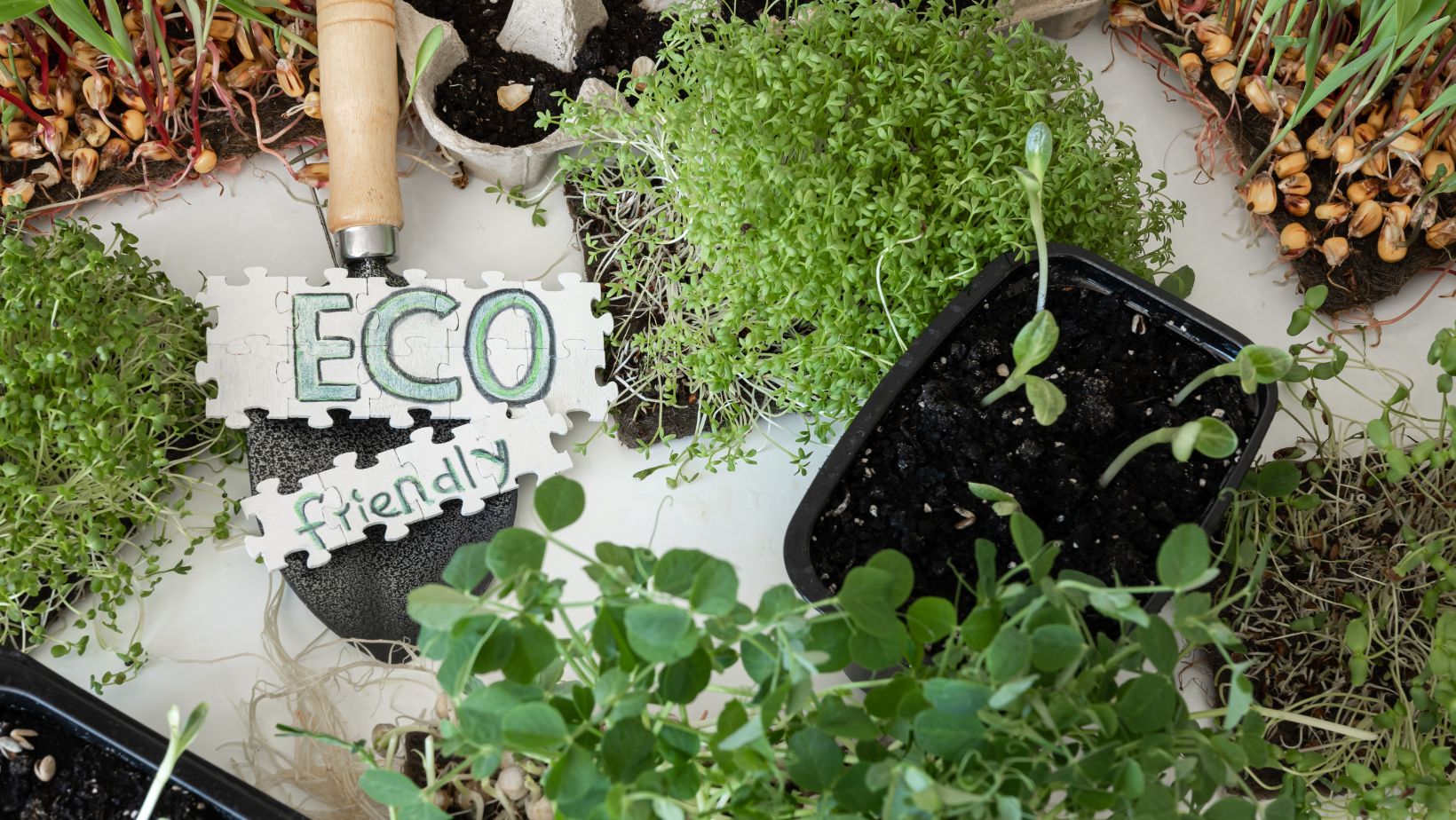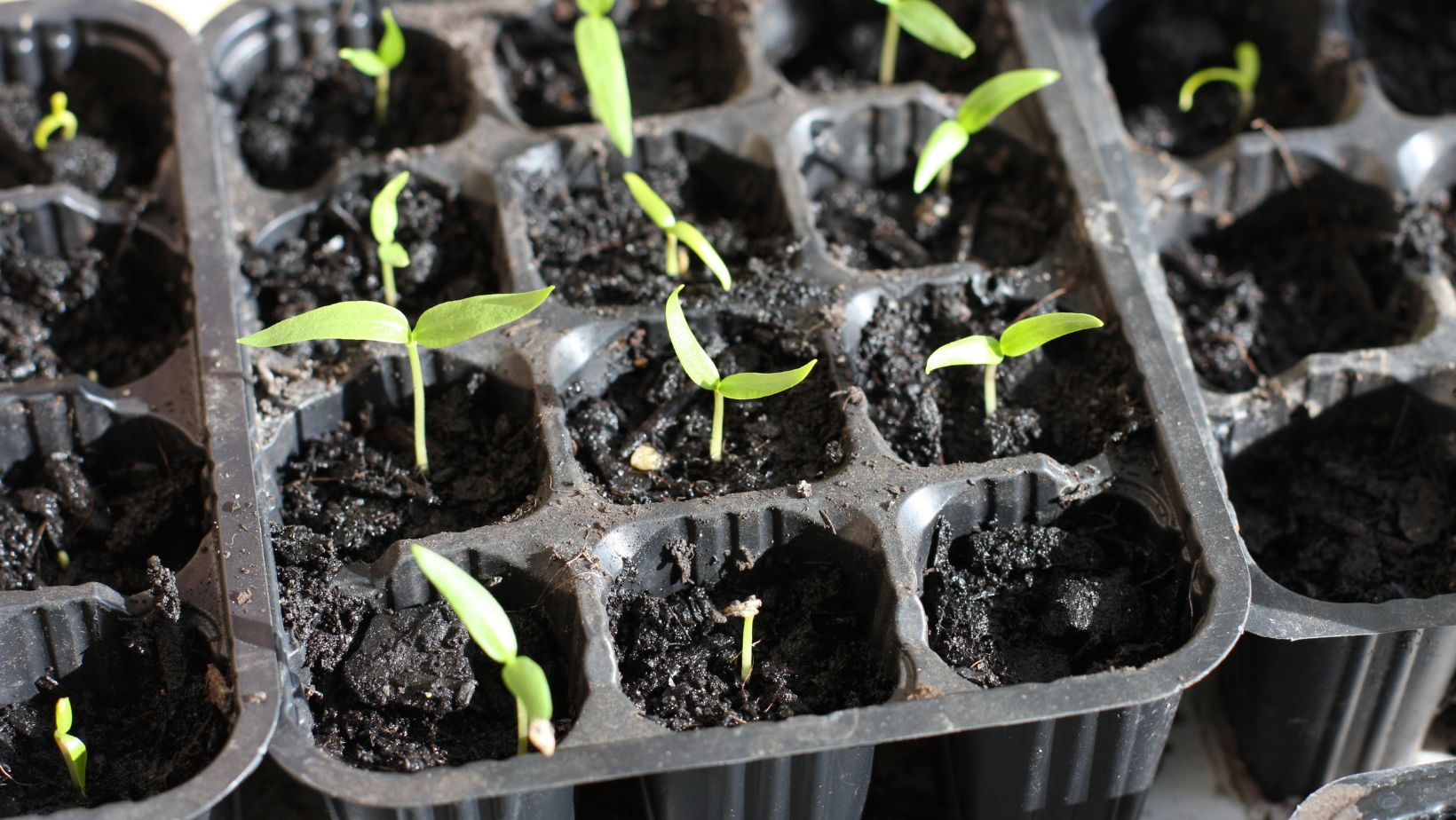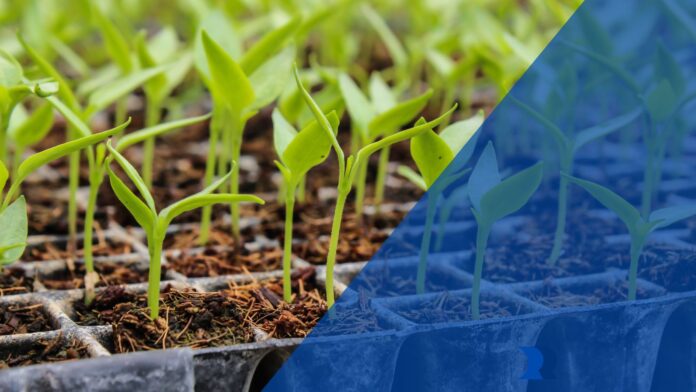Germinating weed seeds is the first step in cultivating your own cannabis plants at home. Whether you’re a seasoned grower or a complete beginner, understanding the germination process is essential for ensuring successful growth and a bountiful harvest. In this beginner’s guide, we’ll explore step-by-step techniques for germinating weed seeds, helping you kickstart your journey into home cultivation with confidence.
Preparing Your Seeds:
Before you begin the germination process, it’s essential to start with high-quality cannabis seeds. Look for seeds from reputable breeders or seed banks known for producing stable and reliable genetics. Choose seeds that are mature, healthy, and free from damage or defects, as these will have the best chance of germinating successfully.
Once you have your seeds, it’s time to prepare them for germination. One popular method for preparing seeds is to soak them in water for 12 to 24 hours before planting. This helps soften the seed coat and kickstart the germination process. Simply place your seeds in a glass of room temperature water and allow them to soak until they sink to the bottom, indicating that they are ready to be planted.
Another option for preparing seeds is to use a paper towel or wet paper napkin. Place your seeds between two layers of moist paper towel and place them in a warm, dark location. Check the paper towel regularly to ensure that it stays moist, and within a few days, you should see signs of germination as the seeds begin to sprout.
Optimizing Light and Temperature Conditions:
Providing the right amount of light and maintaining optimal temperature conditions are crucial factors for successful germination of weed seeds. Cannabis seeds require warmth and light to trigger the germination process effectively. When germinating weed seeds indoors, it’s essential to use a suitable grow light that provides the right spectrum and intensity for seedling growth. LED grow lights are popular among indoor growers for their energy efficiency and ability to produce the full spectrum of light needed for plant growth.
Temperature also plays a vital role in the germination process. Most cannabis seeds prefer temperatures between 70-85°F (21-29°C) for optimal germination. It’s essential to maintain a consistent temperature throughout the germination period to ensure uniform sprouting and healthy seedling development. Using a heating mat or placing your seeds in a warm, draft-free location can help maintain the desired temperature range.
Additionally, it’s crucial to monitor humidity levels during the germination process. Cannabis seeds require a humid environment to sprout successfully, but excessive humidity can lead to mold and fungal growth. Aim for humidity levels between 70-90% during the germination phase, gradually decreasing as the seedlings emerge. Using a humidity dome or covering your seed trays with plastic wrap can help retain moisture and create an optimal environment for germination.
Ensuring Proper Air Circulation and Ventilation:
Proper air circulation and ventilation are essential for ensuring healthy germination and preventing issues such as mold, mildew, and damping-off disease. Adequate airflow helps regulate humidity levels, prevents stagnant air pockets, and provides the seedlings with the fresh air they need for optimal growth.
When germinating weed seeds indoors, it’s essential to provide adequate ventilation to prevent the buildup of excess humidity and stale air. Use fans or ventilation systems to circulate air around your growing area, ensuring that air is constantly moving and fresh air is brought in from outside. Position fans strategically to avoid direct airflow on seedlings, which can cause damage or drying out.

In addition to providing airflow, it’s essential to maintain proper ventilation to prevent the buildup of heat and humidity. Ensure that your growing space has adequate ventilation openings or vents to allow for the exchange of air with the surrounding environment. Consider using exhaust fans or ducting to remove hot, stale air and bring in fresh air from outside.
Proper air circulation and ventilation are especially important in high-humidity environments or when growing in confined spaces such as grow tents or cabinets. By ensuring adequate airflow and ventilation, you can create an optimal growing environment for your cannabis seedlings and promote healthy germination and growth.
Monitoring and Adjusting pH and Nutrient Levels:
In addition to providing the right environmental conditions, it’s essential to monitor and adjust pH and nutrient levels to support healthy germination and seedling growth. Cannabis seeds require a balanced pH level in the growing medium to absorb nutrients effectively and prevent nutrient deficiencies or toxicities.
Before planting your seeds, test the pH level of your growing medium using a pH meter or testing kit. Aim for a pH range between 6.0-7.0 for soil-based growing mediums and 5.5-6.5 for soilless mediums such as coco coir or hydroponic systems. If the pH level is too high or too low, adjust it using pH-up or pH-down solutions until it falls within the optimal range.
In addition to pH, it’s essential to monitor nutrient levels in the growing medium to ensure that your seedlings have access to the essential nutrients they need for healthy growth. Start with a balanced, nutrient-rich growing medium or soil mix designed for seedlings, and avoid overfeeding or underfeeding your plants during the germination phase.
As your seedlings grow, monitor their growth and health closely, adjusting pH and nutrient levels as needed to address any issues that arise. Keep in mind that young seedlings are sensitive to changes in pH and nutrient levels, so make adjustments gradually and monitor their response carefully. Maintaining proper pH and nutrient levels can support healthy germination and seedling growth and set your plants up for success as they mature.
Planting Your Seeds:
Once your seeds are prepared, it’s time to plant them in your chosen growing medium. Cannabis seeds can be planted directly into the soil or a soilless growing medium such as coco coir or rock wool. Fill small pots or seedling trays with your chosen medium and moisten them thoroughly before planting.
Make a small hole approximately half an inch deep in the center of each pot or tray. Carefully place your germinated seeds into the holes without damaging the delicate seedlings. Cover the seeds lightly with soil or growing medium, ensuring they are fully covered but not buried too deeply.
After planting, water your seeds gently to ensure that the soil or growing medium is evenly moistened. Avoid overwatering, as this can lead to damping-off and other issues. Place your pots or trays in a warm, dark location, such as a germination tray or propagator, and keep them consistently moist until the seedlings emerge.
Caring for Your Seedlings:
Once your seedlings have emerged, providing them with the care and attention they need to thrive is essential. Place your seedlings in a warm, well-lit location, such as a sunny windowsill or under grow lights, and ensure adequate airflow to prevent mold and mildew.
Water your seedlings regularly, not overwatering or allowing the soil to become waterlogged. Cannabis seedlings prefer slightly moist soil, so water them when the top inch of soil feels dry to the touch. Avoid watering directly onto the seedlings’ leaves, as this can increase the risk of fungal diseases. And, for even more info, SacBee’s guide has you covered.

As your seedlings grow, you may need to transplant them into larger pots to provide more space for root development. Choose pots with good drainage holes and fill them with a high-quality potting mix or soilless growing medium. Transplant your seedlings carefully, taking care not to disturb the roots, and water them thoroughly after transplanting to help them settle into their new homes.
Germinating weed seeds is the first step in the journey to growing your cannabis plants at home. Following the step-by-step techniques outlined in this beginner’s guide, you can ensure successful germination and set your seedlings on the path to healthy growth and abundant yields.


